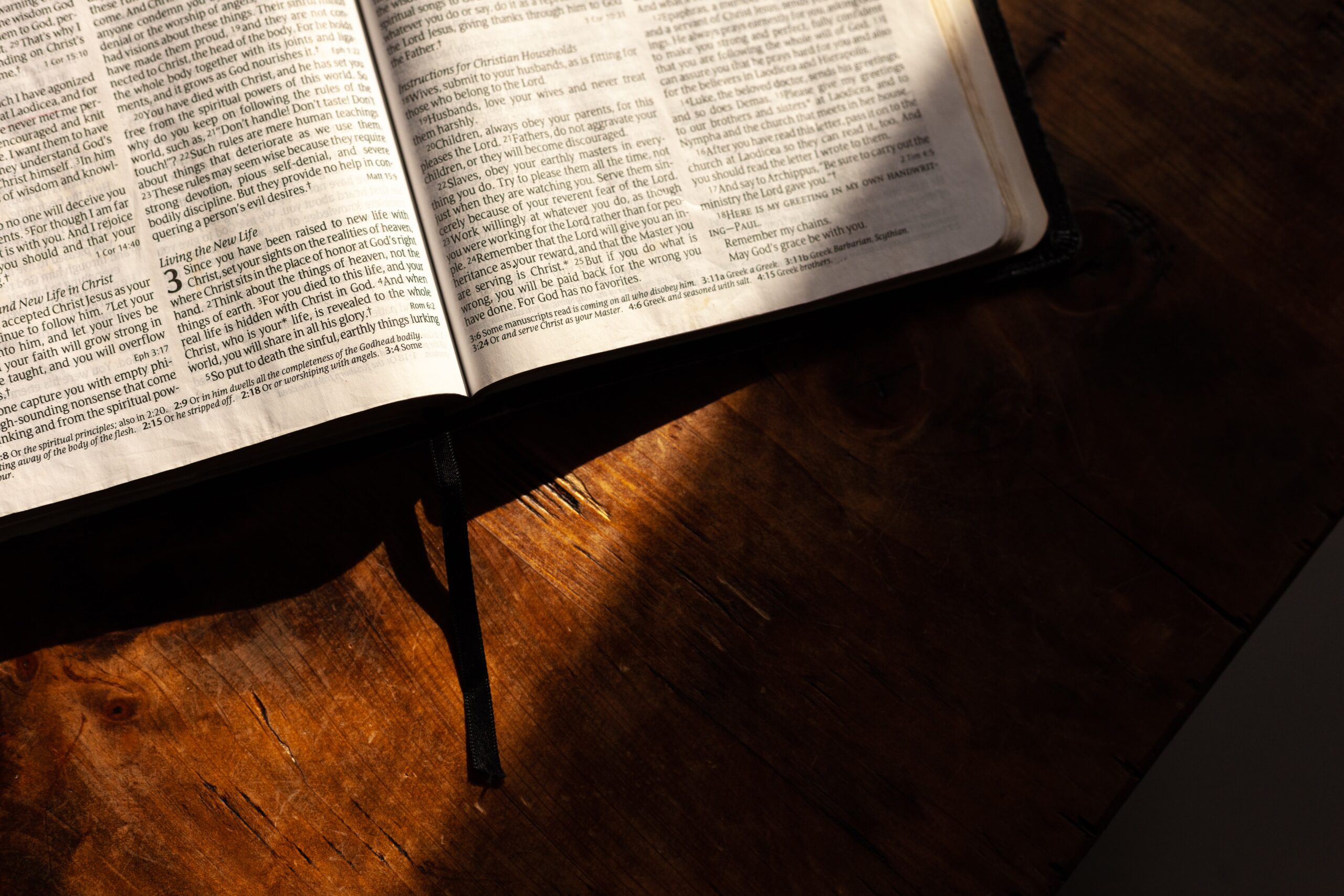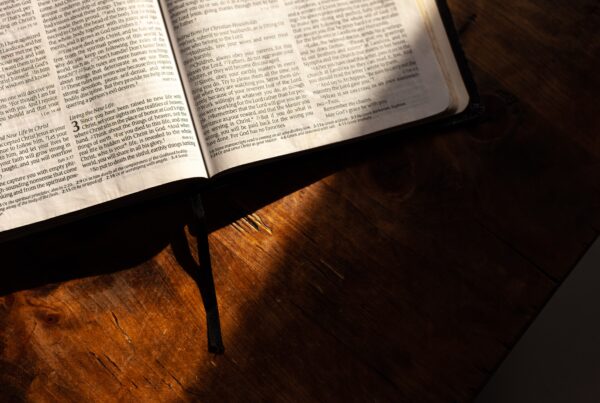If you didn’t see last week’s post, follow this link to read it. In part 1, we introduced the use of the New Testament writings in the early Church as the authoritative source for life and practice in the early Church. We’ll take the discussion further here and in the next post by evaluating how the writings were recognized as a canon, a closed collection of authoritative documents.
The canon developed naturally
The process of canonization was a natural, organic process. Many people today have the misconception later councils (or Constantine) determined what books would and would not be included in the Bible. This couldn’t be further from the historical evidence. It is true that, in reference to the Bible, the modern conception of “canon” developed over the first few centuries of the early Church, but the terminology was only adopted to fit the reality of a collection of authoritative documents recognized by the earliest Christians.
By the end of the second century AD, most of the New Testament documents (22 out of 27) were undisputedly recognized as handed down from the Apostles and their associates and thus authoritative. In Part 1, we discussed how the author of 1 Clement (late first century) used the New Testament on par with the Old Testament as if they were both authoritative Scripture. He mostly did so implicitly, but the early Christian writers of the second century regularly quoted the New Testament writings explicitly as Scripture.
Second-century sources
For example, 2 Clement 2:4 says, “And another scripture says, ‘I came not to call the righteous, but sinners’” (could be from Matt 9:13, Mark 2:17, or Luke 5:32). Polycarp also says, “For I am convinced that you are all well trained in the sacred scriptures . . . only as it is said in these scriptures, ‘be angry but do not sin,’ and ‘do not let the sun set on your anger’” (Eph 4:26).
Not only were the New Testament writings already viewed as Scripture as early as the first and second centuries, but most of them were also explicitly listed together as a collection by the end of the second century. There’s a document called the Muratorian fragment dated to the end of the second century that lists 22 out of 27 books of the New Testament. It’s possible the Muratorian fragment contained some of the remaining 5 books, but being a fragmented document, it is incomplete as we have it.
General consensus by the end of the second century
What this document shows us is there was consensus over almost all of the New Testament from the second century on. Some debate continued over the remaining 5 books, but by the fifth century, all 27 were recognized practically universally by the Church. Yes, some debates took place about a portion of the New Testament books, but the number of them debated was only a fraction of the whole.
The core doctrines of the Christian faith were represented in the undisputed books of the New Testament from the first and second centuries. This meant that even though there was disagreement over some, the essential theology and practice of the Church were already established before the remaining books were settled.
In addition to the debate over the remaining 5 NT books, later Christians debated about other books not included in the NT. The next post will be the 3rd and final part on the New Testament canon. In Part 3, we will discuss the criteria used by the early Church for books included or excluded from the canon and answer the question, why did the canon close at all? The New Testament Canon, pt. 3.
References:
Carson, D. A., Douglas J. Moo, An Introduction to the New Testament. Grand Rapids: Zondervan, 2005.
Holmes, Michael. The Apostolic Fathers: Greek Texts and English Translations. 3rd ed. Grand Rapids: Baker Academic, 2007.
Köstenberger, Andreas J., Scott L. Kellum, Charles L. Quarles, The Cradle, the Cross, and the Crown. Nashville: B&H Academic, 2016.




